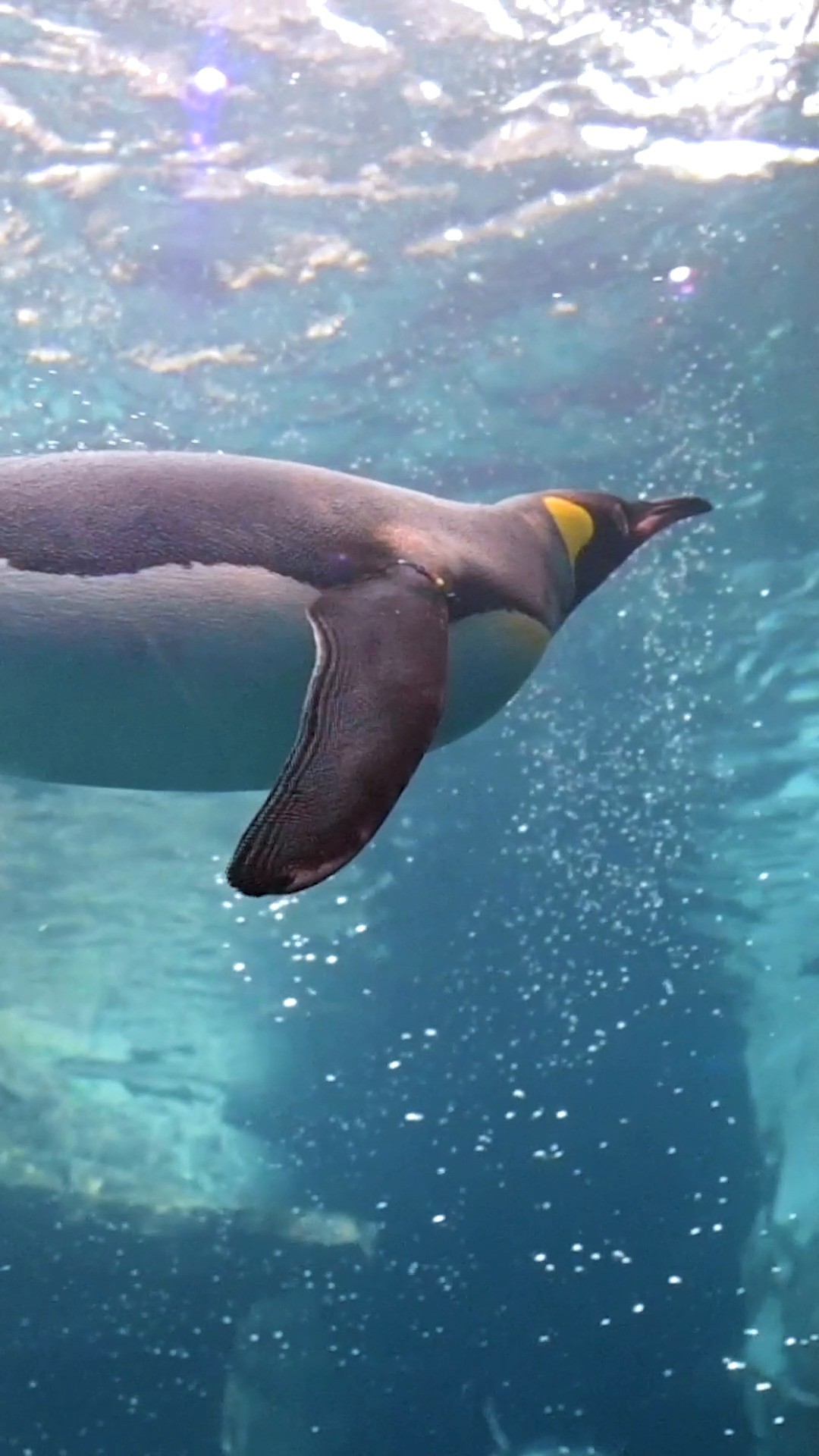- The significance of leisure time with wildlife in modern life.
- Conservation benefits of zoo visits and their role in education.
- Understanding zoo management: balancing animal welfare and visitor engagement.
- Insights into penguin ecology and their importance in conservation efforts.
- The impact of social media in promoting wildlife conservation and awareness.
In today’s fast-paced world, carving out leisure time to connect with nature can be a rewarding endeavor. Visiting a zoo allows us to take a break out of our busy day and spend it with fascinating creatures. Such experiences not only offer personal relaxation but also foster a deeper understanding of wildlife and conservation efforts. This connection with nature helps reduce stress, increases happiness, and provides educational benefits that are often overlooked in our daily routines.
Zoos play a crucial role in conservation. They serve as sanctuaries for endangered species and are platforms for educational outreach. By visiting a zoo, families and individuals gain valuable insights into the complexities of nature conservation. Zoos emphasize species preservation, showcasing successful breeding programs and conservation efforts. Moreover, they provide education about biodiversity, threats to wildlife, and actions that individuals can take to support conservation causes. This knowledge empowers visitors to become proactive participants in global wildlife conservation efforts.
Zoo management involves balancing animal welfare with creating engaging visitor experiences. Ensuring that animals are housed in environments that mimic their natural habitats is vital. This approach promotes physical and mental health in captive animals. Efforts in enrichment, veterinary care, and habitat design are paramount. Visitors are encouraged to observe and learn, fostering respect and a sense of responsibility towards nature. This engagement helps bridge the gap between humans and wildlife, supporting efforts to protect threatened species.
Penguins, often seen as charismatic and endearing, are key figures in wildlife education. They thrive in various environments, from the icy edges of Antarctica to temperate islands. Their adaptations, such as streamlined bodies and social behaviors, are fascinating study subjects. Understanding penguin ecology helps in highlighting broader conservation issues, such as climate change and habitat destruction. This knowledge encourages active involvement in preserving their natural habitats.
Social media has revolutionized how we engage with wildlife conservation. Platforms like Instagram provide opportunities for zoos to reach a global audience, sharing stories, challenges, and achievements. Visual content featuring animals like penguins enhances engagement and awareness, prompting individuals to support and participate in conservation initiatives. Social media thus serves as an influential tool in inspiring global audiences to connect with nature, promoting sustainable actions that benefit wildlife worldwide.
*****
Source Description
Take a break out of your busy day and spend with us 😌 🐧


